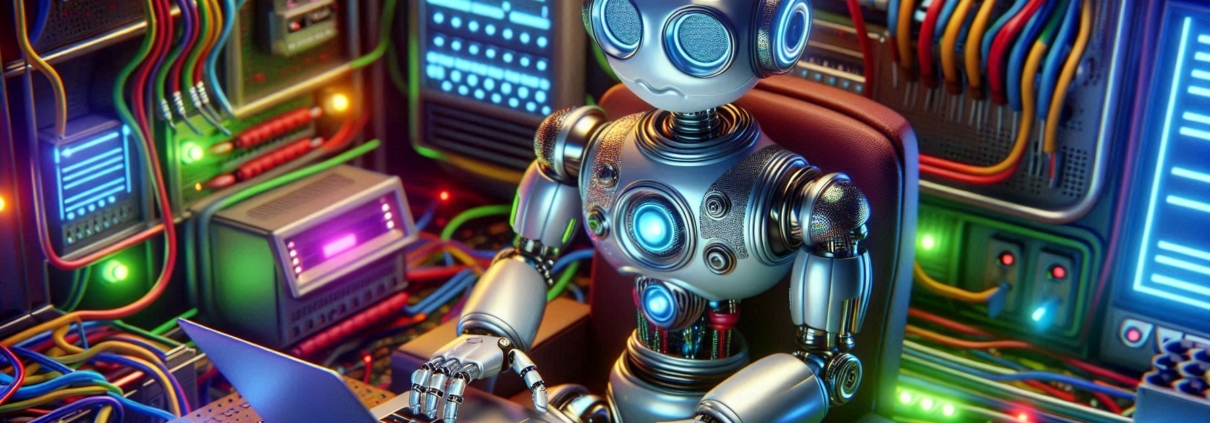
What is Artificial Intelligence
When people think of AI (Artificial Intelligence) some might think of fictional characters such as The Terminator, HAL 9000, or Number Five; or of personal digital assistants such as Alexa, Siri, or Google Assistant. AI is an emerging technology that can be a useful productivity tool, used for data analysis, or even fix issues with your charts and photos.
AI Explained
You may have seen “predictive text,” where your phone or tablet suggests words as you type a message. This is AI, which makes machines or programs do things that need human intelligence, like understanding language, recognizing images, making decisions, or learning from data. AI uses algorithms, which are instructions that tell the machine how to solve a problem or reach a goal. Different problems need different algorithms, such as Rule-based systems, which use predefined logic and rules. Machine learning, which learns from data and gets better over time. Deep learning uses many artificial neural networks to process lots of data and learn complex patterns. Reinforcement learning, which learns from their actions and rewards. We can also divide AI into two types: narrow AI and general AI. Narrow AI does one task or function well, like playing chess, driving a car, or diagnosing a disease. General AI can do any intellectual task that a human can, like reasoning, planning, or creating. General AI is still a hypothetical concept and has not been achieved yet.
Two Main Kinds of AI
AI falls into two main categories, the more commonly used Narrow AI which is used for mundane tasks such as facial recognition, the real focus has been on creating General AI where artificial intelligence can perform the same tasks as humans.
| Type | Description | Examples |
| Narrow AI | AI that is designed to perform a specific task or function | Predictive text, face recognition, speech recognition, self-driving cars, chess-playing programs, etc. |
| General AI | AI that can perform any intellectual task that a human can do | None yet, but some hypothetical examples are HAL from 2001: A Space Odyssey, Data from Star Trek, Samantha from Her, etc. |
How AI Works
The three main components of an AI system are input, processing, and output.
- Input is data or information fed into the algorithm, such as text, images, audio, etc.
- Processing is the part where the algorithm performs a series of operations or calculations on the input, using rules, logic, models, or learning methods, to find patterns, features, or solutions.
- Output is the result, or the action that the algorithm produces based on the processing, such as classification, prediction, recommendation, generation, etc. For example, an AI system that can recognize faces in photos would take the photos as input, process them to identify the facial features and compare them with a database, and output the names of the people in the photos or a message that says, “unknown face”.
| Input | Processing | Output |
| Data or information fed into the algorithm, such as text, images, audio, etc. | The algorithm performs a series of operations or calculations on the input, using rules, logic, models, or learning methods, to find patterns, features, or solutions. | The algorithm produces a result, or an action based on the processing, such as classification, prediction, recommendation, generation, etc. |
Note: This is a very simplified and general description of how an AI algorithm works. Different types of AI algorithms may have different steps, components, or methods. For example, some AI algorithms may require human feedback, supervision, or intervention, while others may operate autonomously or adaptively. Some AI algorithms may also interact with other algorithms or systems or use multiple sources or types
